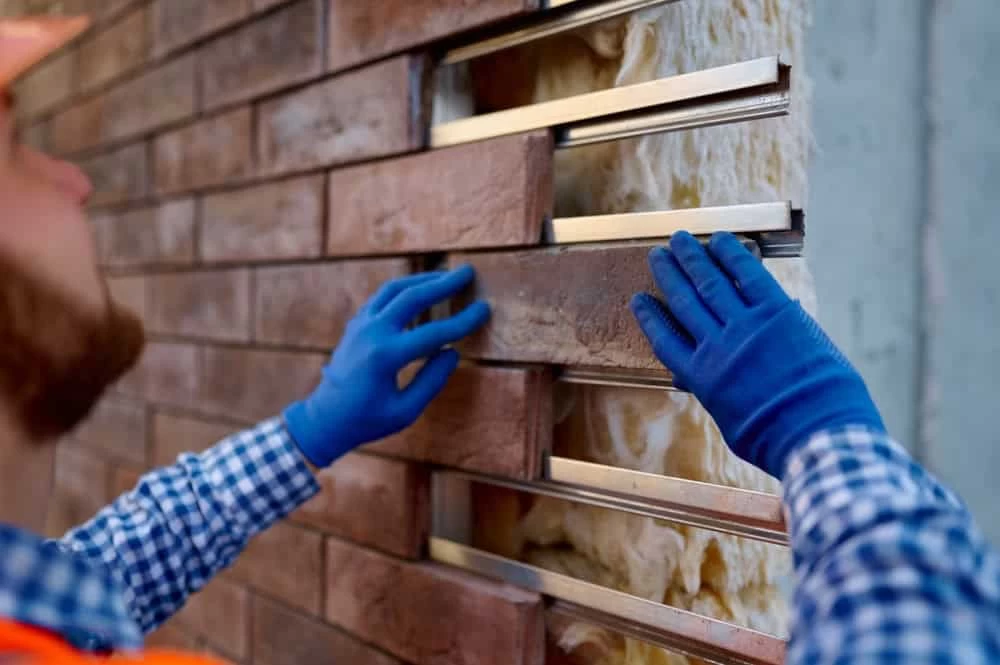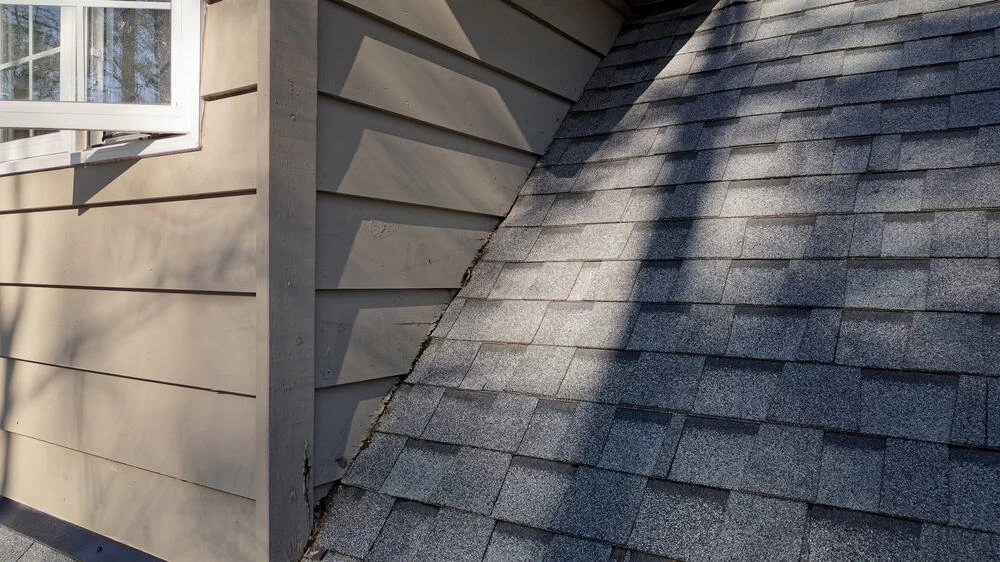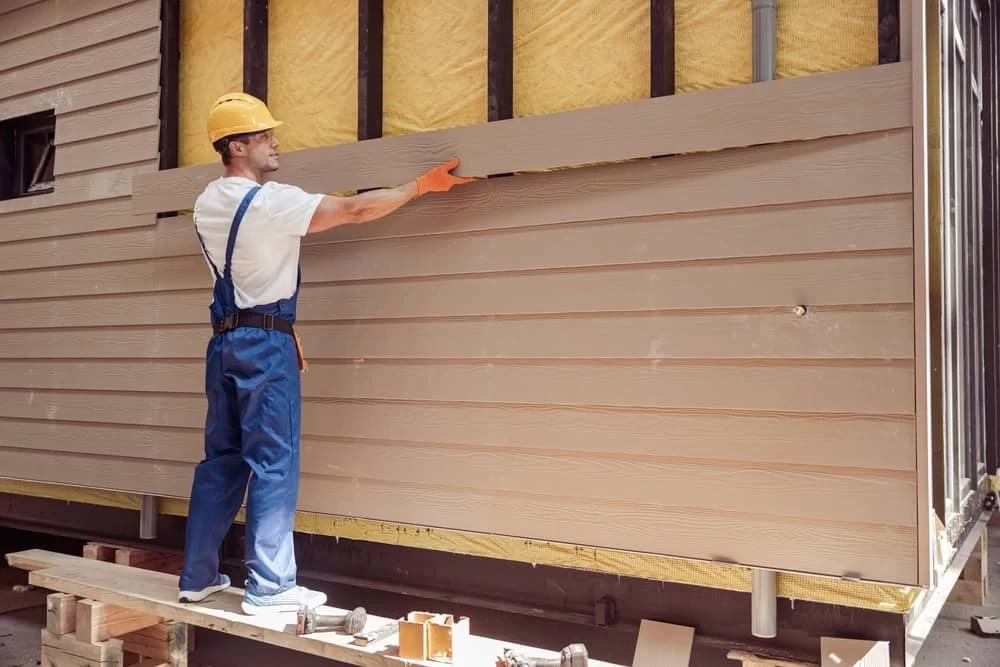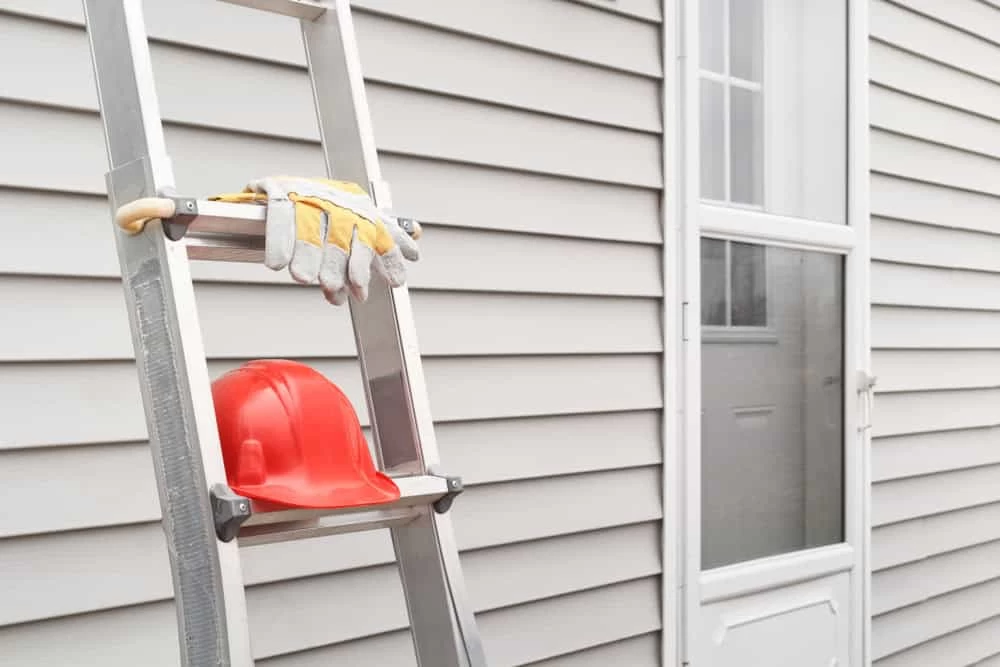A skilled siding contractor in Monroe, NY can completely transform your home’s exterior. If you’re looking for reliable siding help, Gualan Brothers Home Remodeling Corp is the name you can trust. See for yourself what makes our approach stand out from other home siding contractors in Orange County.

Hear from Our Customers

At Gualan Brothers Home Remodeling Corp, we’re not just another home improvement company; we’re the siding contractor Monroe homeowners know they can rely on to deliver dependable results. Our approach is built around practical solutions, honest guidance, and a commitment to doing things right the first time. Every home is different, which is why we offer results that fit your specific needs, whether that means vinyl, fiber cement, or a combination of both.
As a siding contractor Orange County residents rely on, we have ample hands-on experience working with the local climate and architectural styles. From start to finish, we aim to make your experience simple, reliable, and built to last. When you need siding that looks great and is built to last, look no further than Gualan Brothers Home Remodeling Corp.


Ready to get started?
Siding does more than just boost your home’s appearance; it also protects it from water, wind, and wear. That’s why working with a reliable siding contractor Monroe, NY matters. At Gualan Brothers Home Remodeling Corp, we offer the highest quality siding materials and installations that are done right the first time.
Whether you’re updating worn-out siding or building a new home, we’re the home siding contractors that Orange County residents trust. Our crew focuses on the details that matter, so your home gets the upgrade it deserves from a team that’s local, skilled, and dependable.

The first settlers to this land were American Indians from the Lenni-Lenape Indian nation. The Lenni-Lenape nation consisted of three tribes: the Unulactus, the turkeys; Minsis, the wolf tribe; and the Unamis, the turtle tribe. As white settlers started to move north, the Lenni-Lenape were forced to move west, out of New York and New Jersey into Pennsylvania and later into central North America, under the treaty of Easton, a colonial agreement signed in October, 1758. The British colonial government of the province of Pennsylvania and the Native American tribes in the Ohio country signed this document stating they would be allies in the French and Indian War.
In the early 1700s the lower Hudson Valley region was being mapped out to be divided up under the crown. On March 25, 1707, the “Chessecocks Patent was granted by Queen Anne”. The patent confirmed deeds that had been previously acquired by purchase directly from the Lenni-Lenape nation. The patent was given to seven people, six men and one woman. Cheesecocks as a precinct included all of present-day Monroe, Woodbury, Tuxedo, and Stony Point. Many of the patentees never saw the land they bought or were given. Many of the new settlers to come with the Cheesecocks patent were Dutch and English. Both groups of settlers came from Long Island for the rich natural resources.
The original name for the area on the Ramapo River, surveyed by General Washington’s geographer and surveyor Robert Erskine, was Smith’s Mill, described by Erskine as being “on a sudden bend of the Ramapo.” This site still contains the ruins of the grist mill built in 1741 by David Smith, the first settler (Map of Orange and Rockland Counties Area laid down by R. Erskine 1778-1779). The Clove Road, which led from Haverstraw, home of Sir William Smith, up through Tuxedo and the rocky defile known by the Dutch word “kloof,” for Clove, was vital to the American cause during the Revolutionary War. It was unknown to the British patrolling the Hudson and gave Washington his escape route from New York to his New Windsor headquarters. The area was called Southfields prior to April 6, 1808, when it took its present name of Monroe (Belcher, pp. 68-9).
Learn more about Monroe.Local Resources